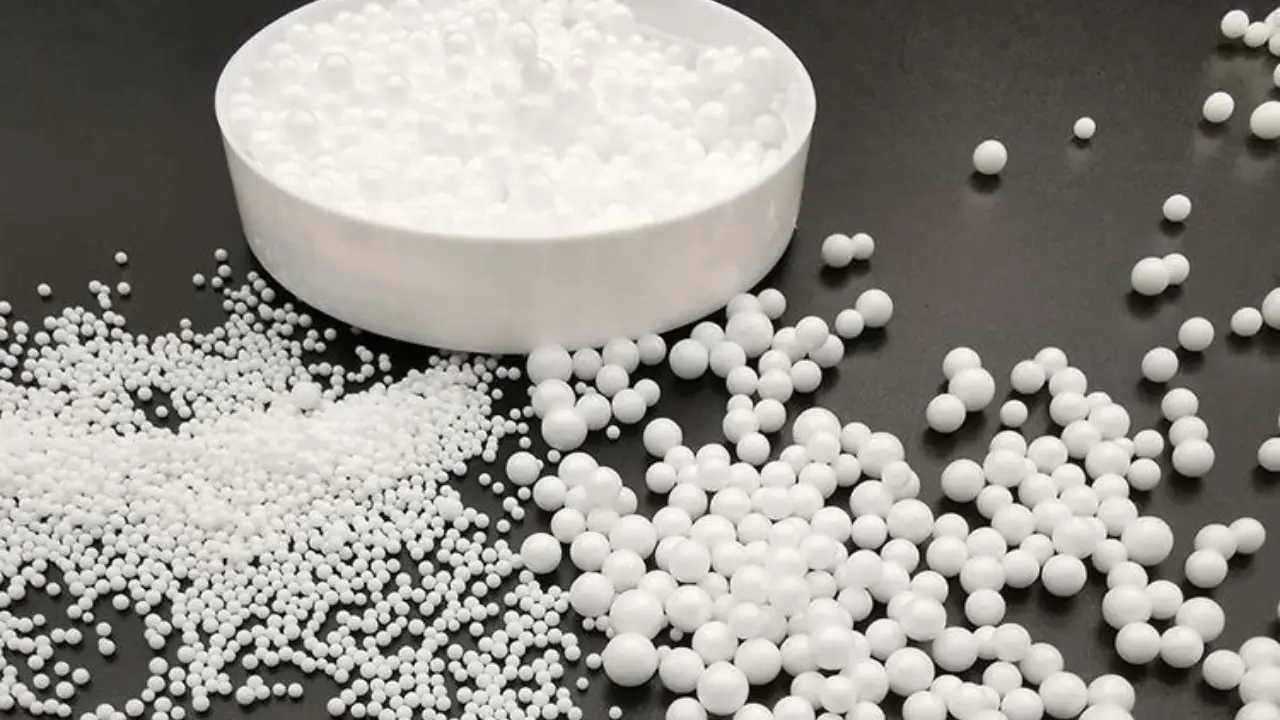Supplier of Polystyrene (PS) From Turkey and Dubai-UAE

Polystyrene (PS) Overview
Polystyrene is one of the most versatile thermoplastic polymers used across numerous industries for its lightweight nature, rigidity, and excellent insulation properties. This synthetic polymer combines structural strength with processability, making it suitable for high-volume applications in packaging, construction, electronics, consumer goods, and medical devices. Due to its adaptability and wide range of grades, polystyrene remains an essential raw material in modern manufacturing and industrial production worldwide.
What is Polystyrene? (PS Definition)
Polystyrene (PS) is an aromatic thermoplastic polymer derived from the polymerization of styrene monomers. As a thermoplastic, it softens when heated and hardens upon cooling—a property that allows manufacturers to mold it into a wide variety of shapes and sizes. This processability makes polystyrene an ideal material for mass production in sectors where clarity, formability, and cost-efficiency are required.
Types and Grades of Polystyrene
Polystyrene exists in several key commercial forms, each tailored for specific end-use applications, often referred to as Polystyrene foam in its expanded states:
- General Purpose Polystyrene (GPPS):
Known for its high clarity, rigidity, and gloss, GPPS is often used in food packaging, transparent containers, and disposable products. It offers excellent moldability and is a common choice for consumer packaging and retail displays.
- High Impact Polystyrene (HIPS):
Modified with rubber to enhance impact resistance, HIPS is ideal for automotive parts, refrigerator liners, toys, and electronics housings. It provides a good balance between toughness and aesthetic appearance.
- Expanded Polystyrene (EPS):
Created by expanding polystyrene beads, EPS is extremely lightweight, shock-absorbent, and has excellent thermal insulation. It is widely used in construction insulation panels, protective packaging, and thermal boxes for food and pharmaceuticals.
- Extruded Polystyrene (XPS):
(Mentioned within the existing text, making it distinct here) Used alongside EPS, XPS is a preferred material for thermal insulation boards in the construction sector.
Production Process of Polystyrene
Polystyrene is manufactured through the polymerization of styrene monomers using free radical initiators. The process involves precise quality control measures to ensure consistency.
- Polymerization:
The styrene monomers are linked into long polymer chains via bulk, suspension, or emulsion polymerization methods.
- Forming and Molding:
Depending on the desired grade, the polymer is converted into pellets, beads, or sheets, and then molded or extruded into the final shape.
- Quality Control (QC):
Each batch is rigorously tested for molecular weight, purity, thermal stability, and mechanical performance to ensure consistency and compliance with industrial standards.
Applications and Key Uses of Polystyrene
Polystyrene’s versatility and diverse grades allow it to serve multiple core industries:
- Packaging Industry:
GPPS and EPS (Polystyrene foam) are extensively used in food packaging, disposable cups, trays, clamshells, and protective containers. Their insulating properties help preserve product freshness while maintaining lightweight efficiency.
- Construction Sector:
EPS and XPS are preferred materials for thermal insulation boards, wall systems, and underfloor heating installations. They enhance building energy efficiency by reducing heat transfer.
- Electronics and Appliances:
HIPS and GPPS are utilized in television housings, printer casings, switchboards, and electrical panels, offering strength and formability for intricate components.
- Consumer Goods:
HIPS and GPPS are common in toys, hangers, cosmetic packaging, and household items. The material’s rigidity and surface finish allow for aesthetically appealing and durable products.
- Medical and Laboratory Equipment:
Due to its sterilizability and chemical resistance, polystyrene is used in Petri dishes, test tubes, diagnostic trays, and disposable medical containers.
- Automotive Industry:
HIPS and EPS serve in interior trims, insulation panels, and impact-absorbing components, contributing to lightweight and cost-effective vehicle design.
Handling, Safety, and Transportation Logistics
Proper handling and storage are critical to maintaining the material’s integrity. Polystyrene is typically classified under $\text{Plastic Recycling Code 6}$.
- Handling and Storage:
Polystyrene should be stored in a cool, dry, and well-ventilated area, away from direct sunlight and heat sources. Prolonged exposure to UV light or moisture can cause material degradation. Storage containers or packaging must be sealed properly to prevent contamination.
-
Safety Tips:
-
Avoid exposure to open flames or high heat sources, as polystyrene can emit fumes when burned.
-
Use adequate ventilation during processing to minimize inhalation of vapors.
-
Wear appropriate protective gear when handling molten material.
-
Dispose of scrap and waste responsibly through authorized recycling facilities to support environmental sustainability.
-
- Packing and Transportation:
Polystyrene resins are typically supplied in 25 kg bags or jumbo bags (500–1000 kg). EPS and XPS sheets are palletized and shrink-wrapped.
-
Container loading capacity: A 20-foot container holds approx 16–20 metric tons, and a 40-foot container holds approximately. 26–28 metric tons, depending on density.
-

